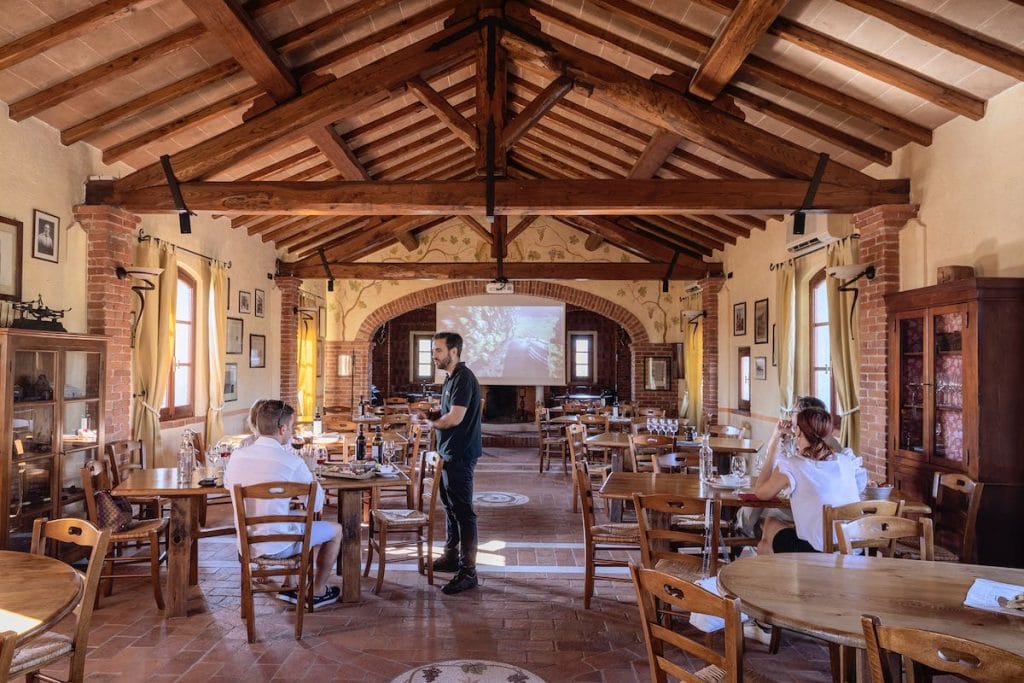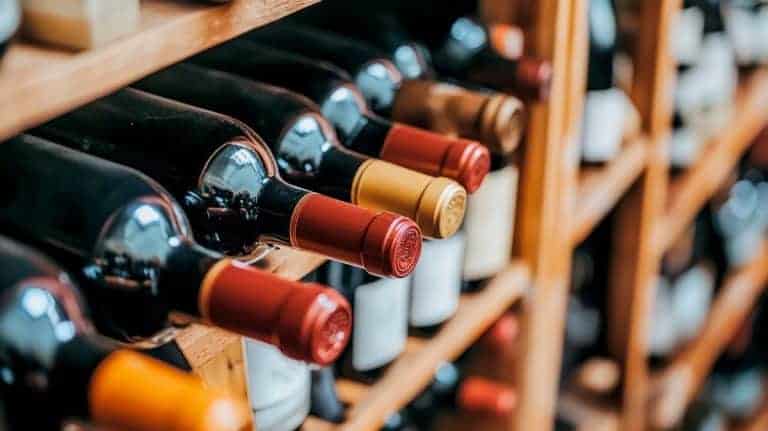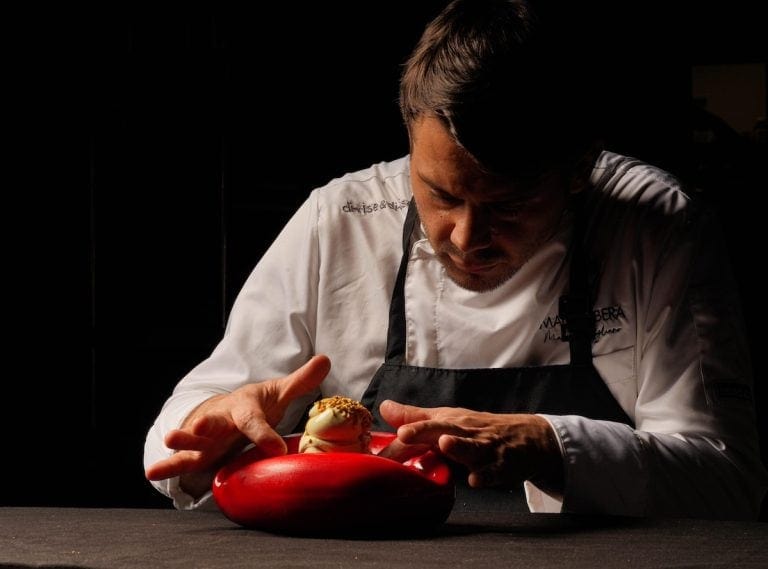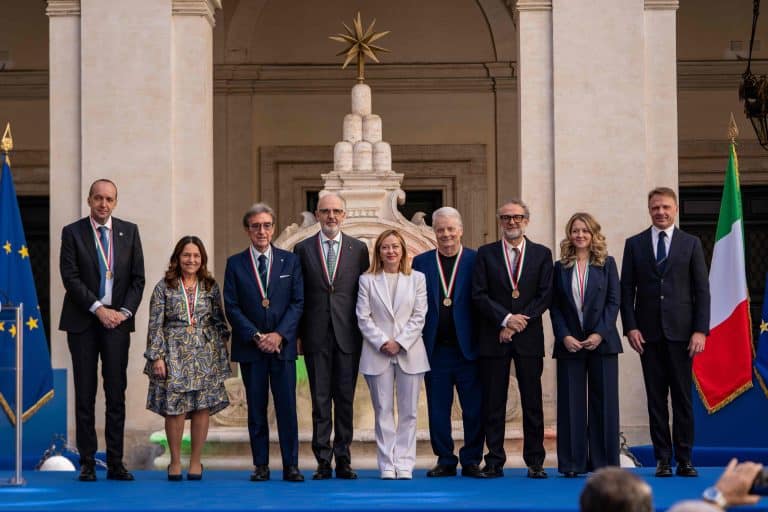Tuscany, Emilia-Romagna, and Puglia. The podium for food and wine tourism in Italy features two regions from central-northern Italy and one from the south, during a year when the sector grew by double digits—up 12% compared to 2023 and 49% since 2016. The seventh edition of the report, conceived by Roberta Garibaldi and curated by Aite (Italian Association of Food and Wine Tourism), highlights the strengthening bond between Italians and travel, particularly to explore the country’s culinary heritage. Seven out of ten respondents reported taking a food-focused trip in the last three years, a figure that continues to grow, even as general tourism in Italy saw a decline during the summer season.
€40 Billion economic impact
For the first time, the Aite report estimates the total economic impact of food and wine tourism, calculated in collaboration with the Economics Living Lab, a spin-off from the University of Verona. The sector contributed over €40 billion to the Italian economy in 2023: €9.2 billion in direct revenue, €17.2 billion in indirect effects, and €13.7 billion in induced impact, with a cost-benefit ratio of 6.9. This underscores the significant economic weight of this tourism niche, which also shows strong growth potential and plays a key role in employment and income distribution.

Top destinations and potential markets
Tuscany remains the favourite destination for Italian travellers, both for past trips (39.3%) and future plans (33.9%). Emilia-Romagna and Puglia round out the top three, switching places depending on travel intentions. The study, supported by Visit Emilia and Valdichiana Living and endorsed by organisations like Federturismo, Fondazione Qualivita, and Iter Vitis, identifies a wide pool of potential customers. These include 14.5 million potential food and wine tourists in Italy, most of whom (64%) prefer domestic destinations.
Internationally, culinary experiences rank among the most desired activities for European tourists, with 15.3% (about 20.6 million potential travellers) planning food-focused trips this winter, regardless of the trip type (beach, city break, cultural, or outdoor). Interest is also high in long-haul markets, particularly in the Far East (Japan, South Korea, China) and Brazil.
Wine: the most iconic product
The report also analysed key user associations, finding that wine (38.1%) is seen as the most iconic Italian agro-food product. Olive oil follows with 24%, while pizza (22%), pasta (15%), and cheeses (11%) also feature prominently. Aite’s study highlights the perception of Italy’s food heritage as unique, genuine, and widespread across the country. Regionally, Tuscany leads with the most widely represented cuisine (17.3% of restaurants on TheFork platform), followed by Piedmontese and Sicilian cuisines. Internationally, the strength of Campanian and Neapolitan cuisines shines through.

Five new food and wine tourist profiles
The report identifies five new profiles of food and wine travellers in Italy: researchers (42.1%), who travel to experience new things, connect with local communities, and immerse themselves in the destination’s culture; revellers (23%), who approach food and wine tourism with lightheartedness, seeing it as an opportunity to have fun; intellectuals (19%), who travel to enrich their cultural knowledge; flower children (11.5%), who view food and wine tourism as a chance to focus on their mental and physical well-being; and hedonists (4.3%), who indulge in culinary tourism as a luxurious treat.
Policy proposals: avoiding fragmentation
“Regulatory changes, public investments in infrastructure and museums, dedicated training and communication, technological innovation, and a new governance model are urgently needed,” said Garibaldi. The 2024 report includes ten proposals to unlock the full potential of Italian food and wine tourism. These include opening tourism activities to agricultural enterprises without regulatory restrictions, offering incentives for hiring and enabling flexible collaborations with specialised professionals, creating national food museums dedicated to excellence such as wine, olive oil, and pizza, introducing food education into school curricula, digitising experiences and using AI for tourism management while supporting small producers in overcoming technological gaps, addressing governance fragmentation by establishing an inclusive promotional entity uniting local councils, chambers of commerce, wine routes, consortia, and food districts, developing a national food and wine tourism website, and creating an international press office dedicated to Italian gastronomy.
“The success of these initiatives,” Garibaldi concludes, “will require close collaboration between institutions, operators, and local communities, positioning Italian food and wine tourism as a model of excellence on the global stage.”


 US tariffs: here are the Italian wines most at risk, from Pinot Grigio to Chianti Classico
US tariffs: here are the Italian wines most at risk, from Pinot Grigio to Chianti Classico "With U.S. tariffs, buffalo mozzarella will cost almost double. We're ruined." The outburst of an Italian chef in Miami
"With U.S. tariffs, buffalo mozzarella will cost almost double. We're ruined." The outburst of an Italian chef in Miami "With US tariffs, extremely high risk for Italian wine: strike deals with buyers immediately to absorb extra costs." UIV’s proposal
"With US tariffs, extremely high risk for Italian wine: strike deals with buyers immediately to absorb extra costs." UIV’s proposal Meloni: "Tariffs? If necessary, there will be consequences. Heavy impact on agri-food sector"
Meloni: "Tariffs? If necessary, there will be consequences. Heavy impact on agri-food sector" The Government honours the greats of Italian cuisine, from Bottura to Pepe. Massari: "Thank you, Meloni, the only one who listened to us"
The Government honours the greats of Italian cuisine, from Bottura to Pepe. Massari: "Thank you, Meloni, the only one who listened to us"






